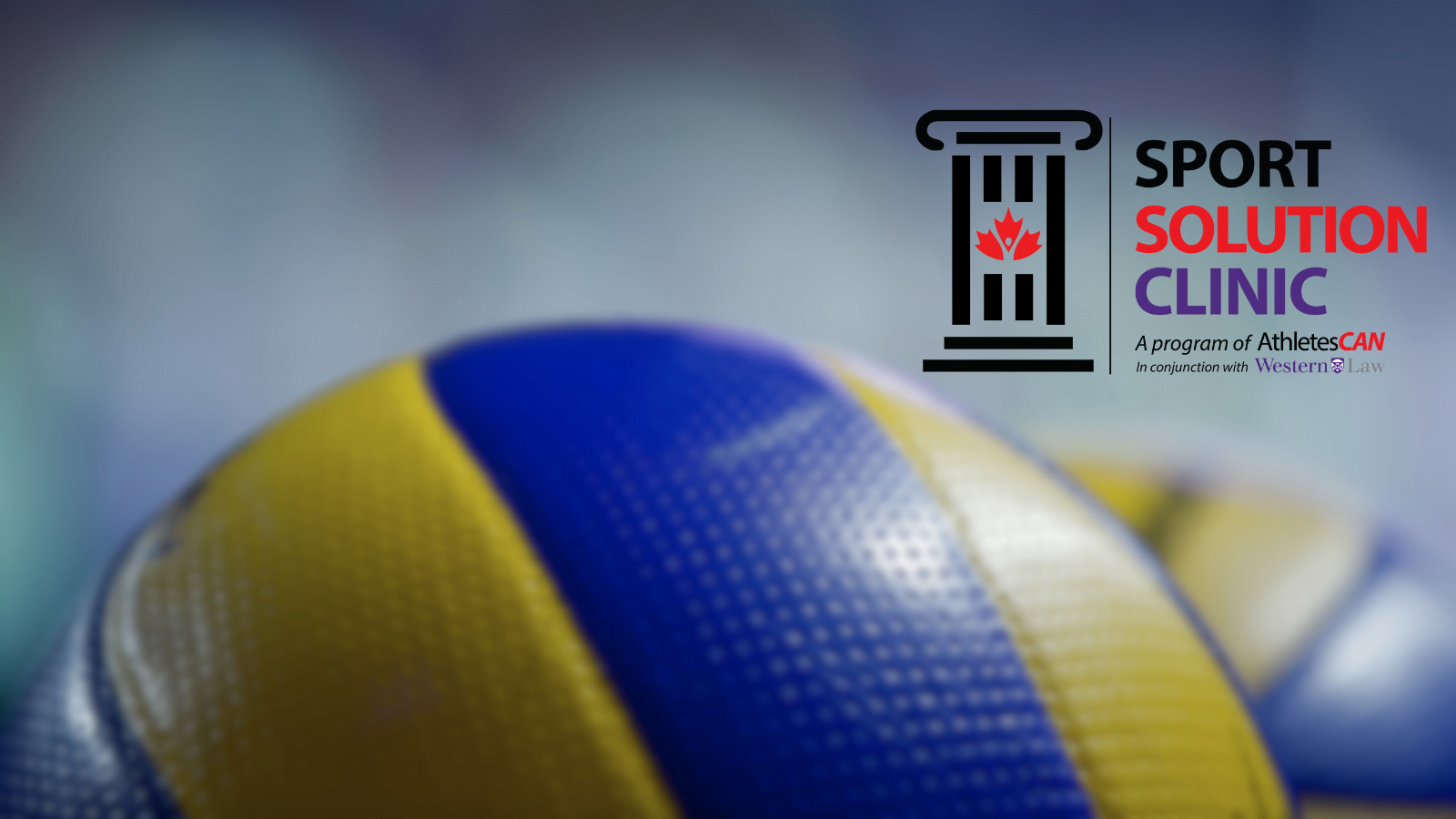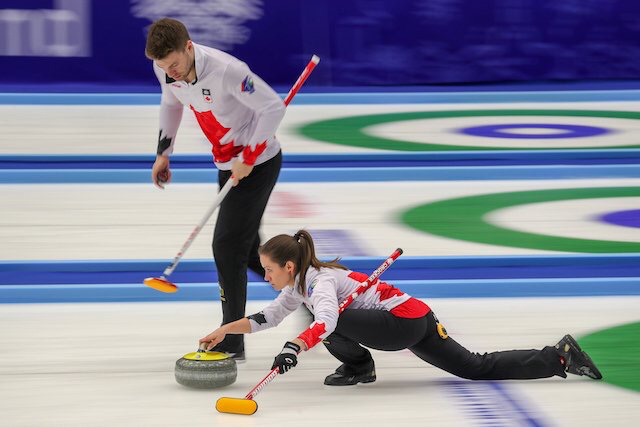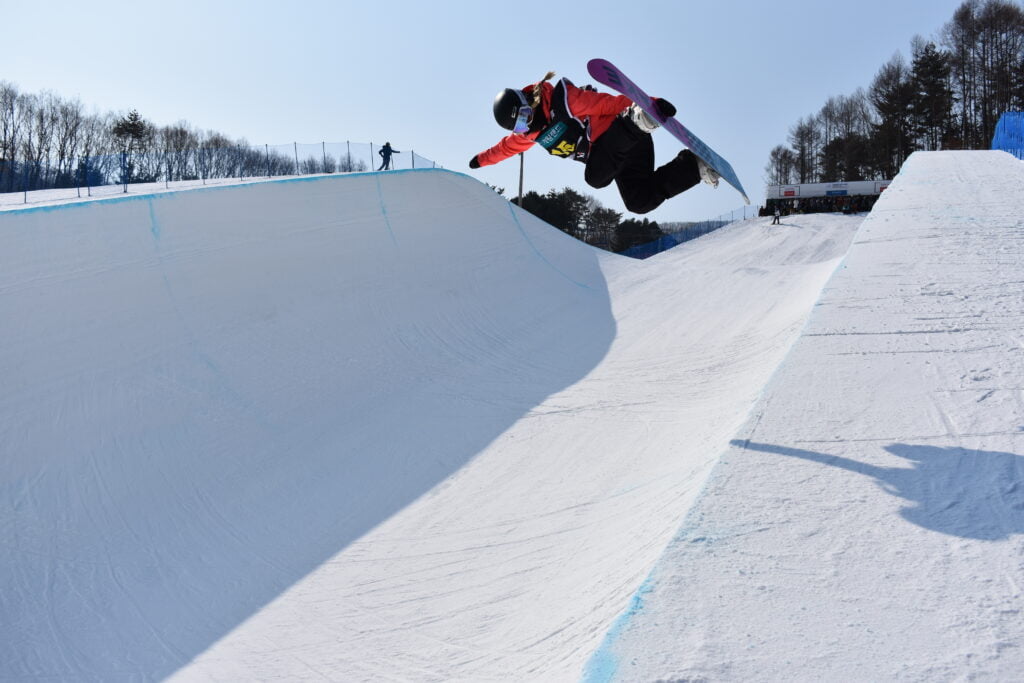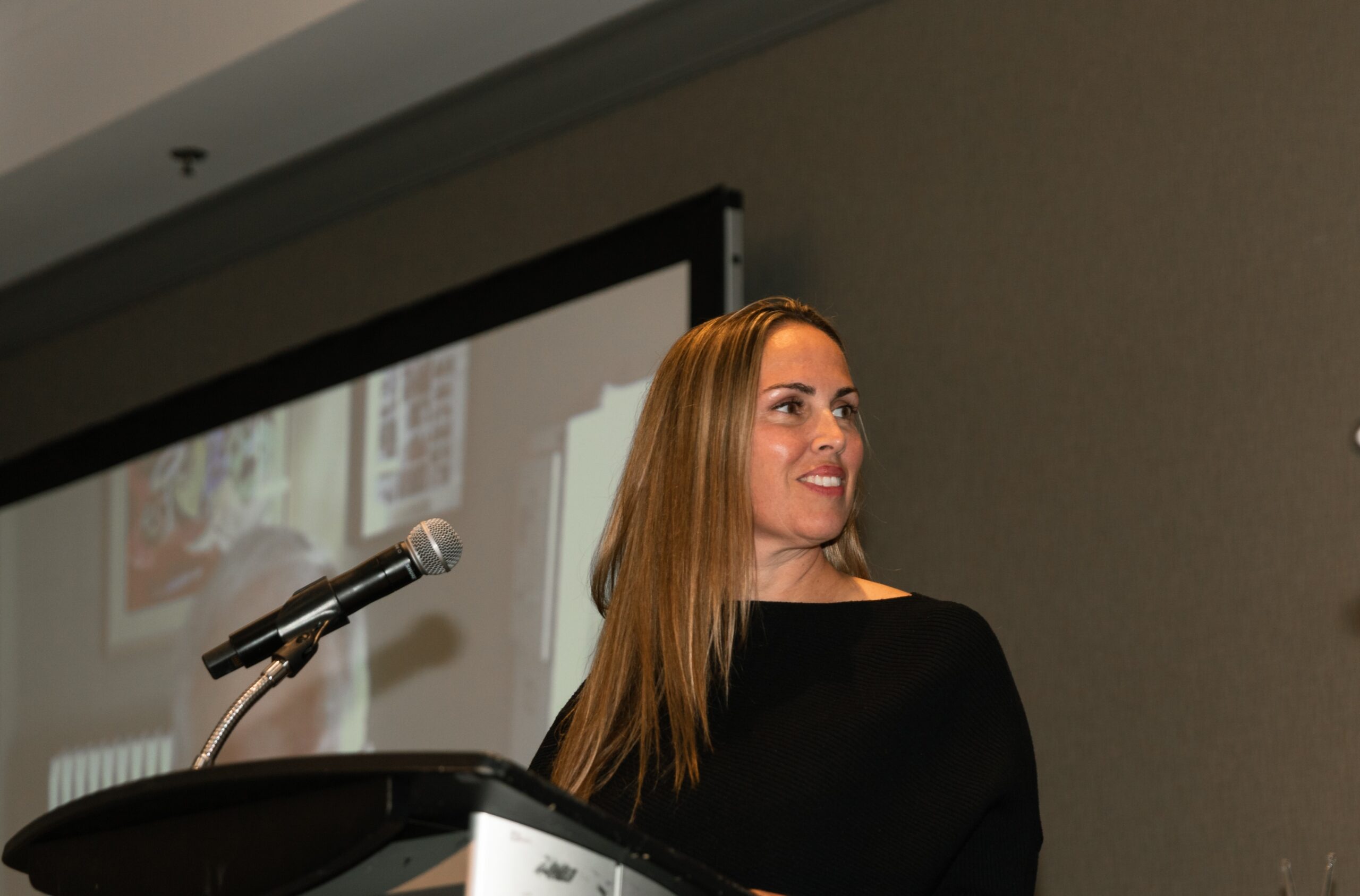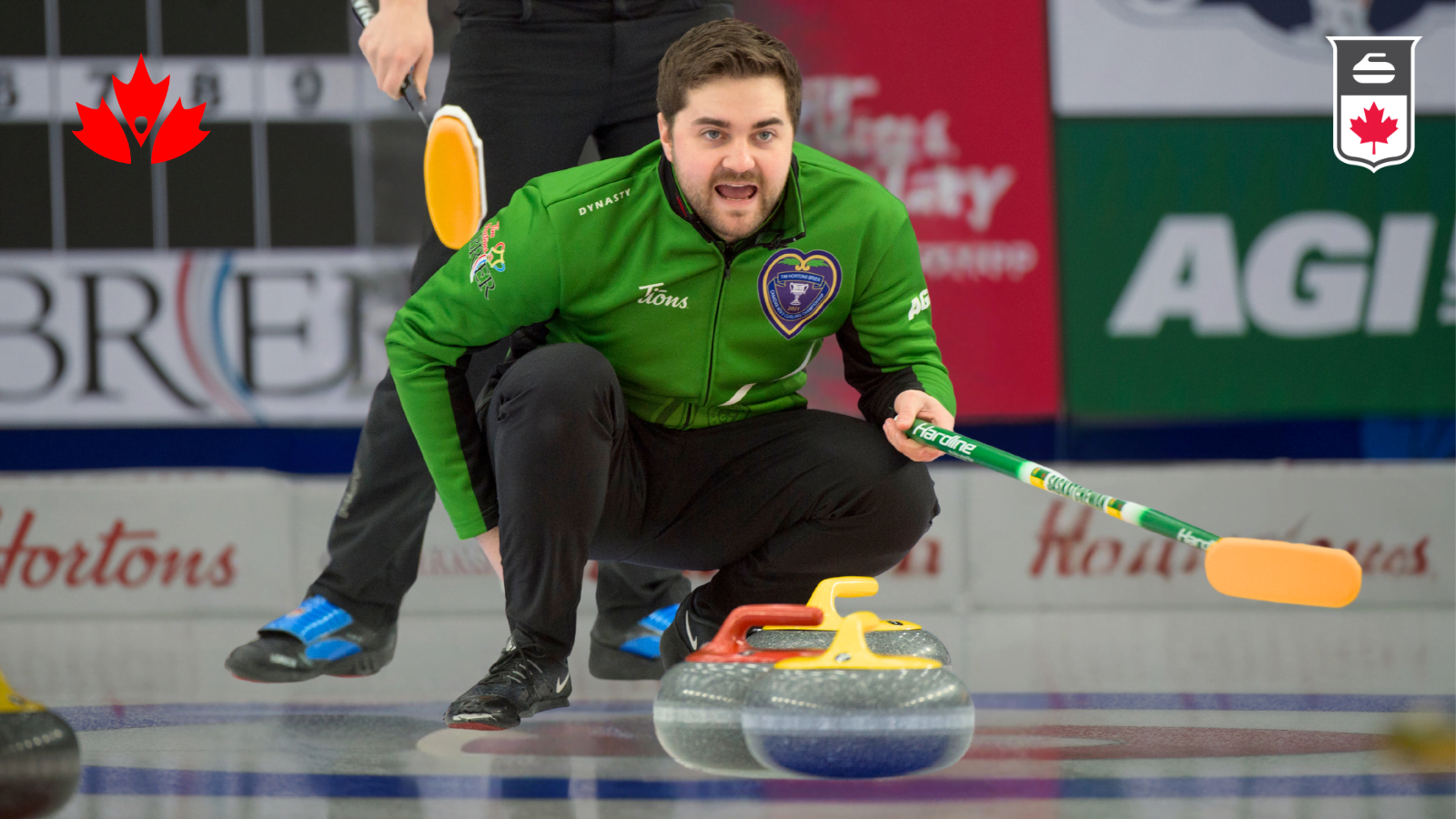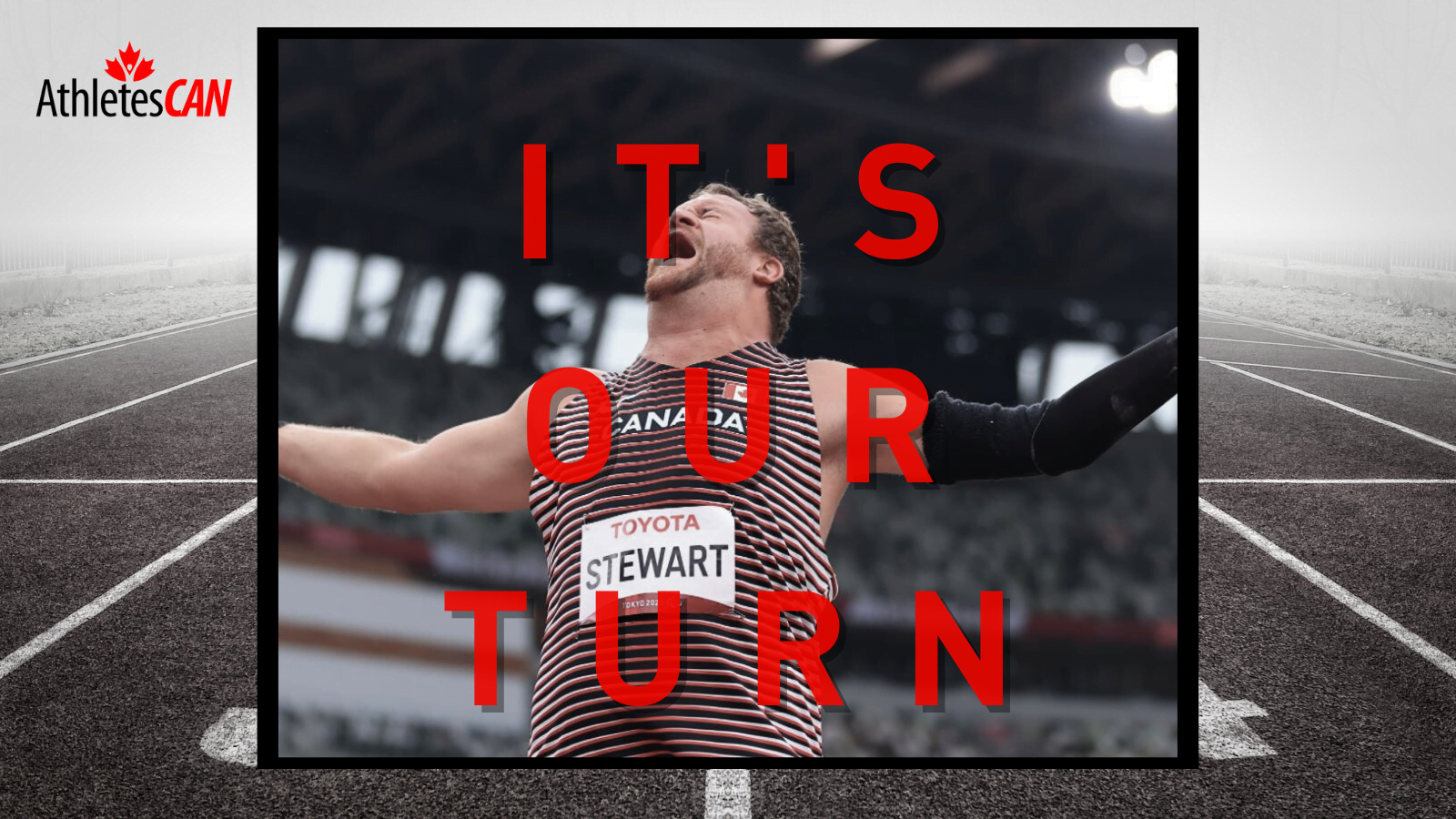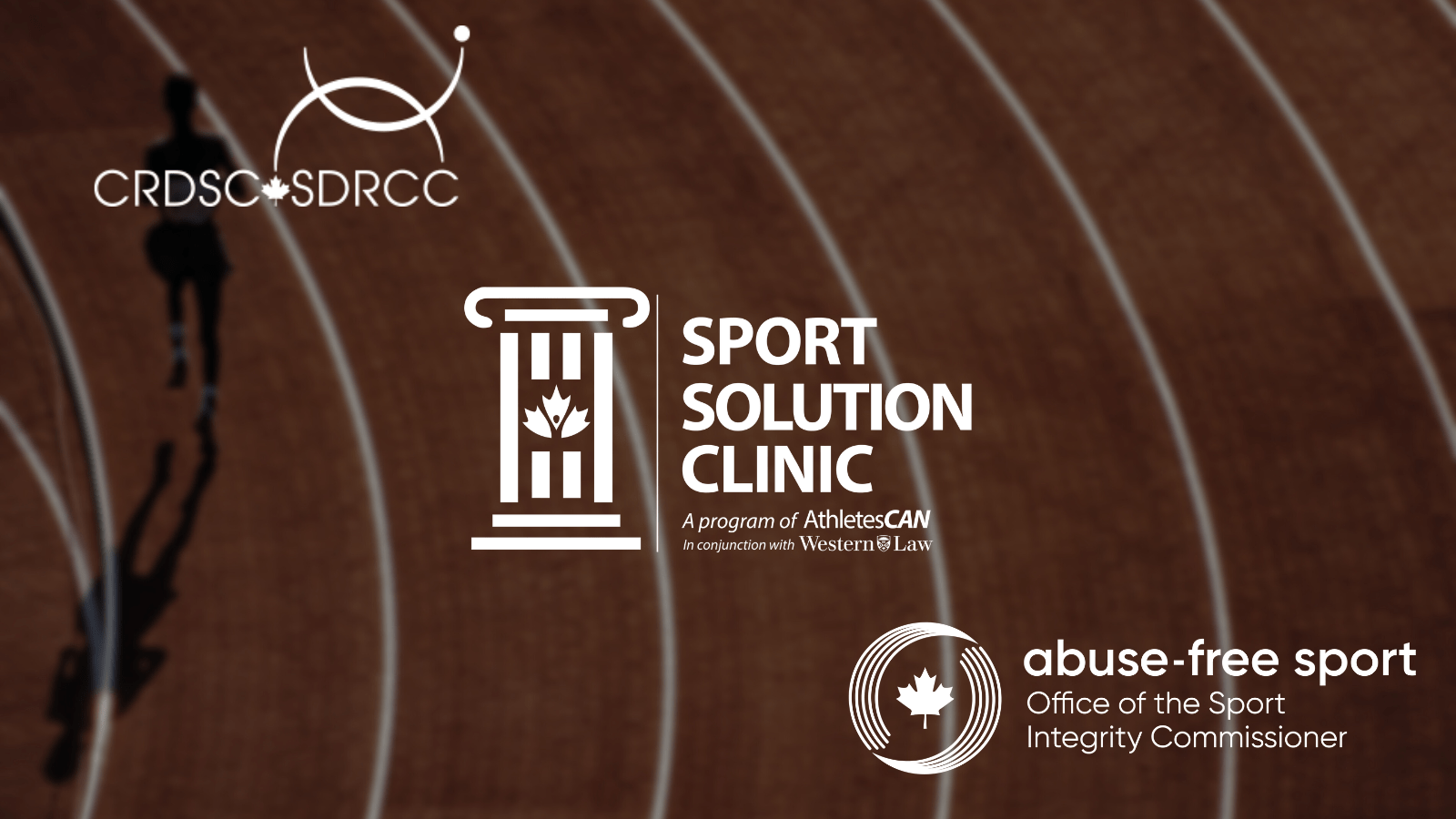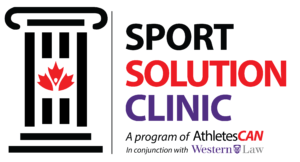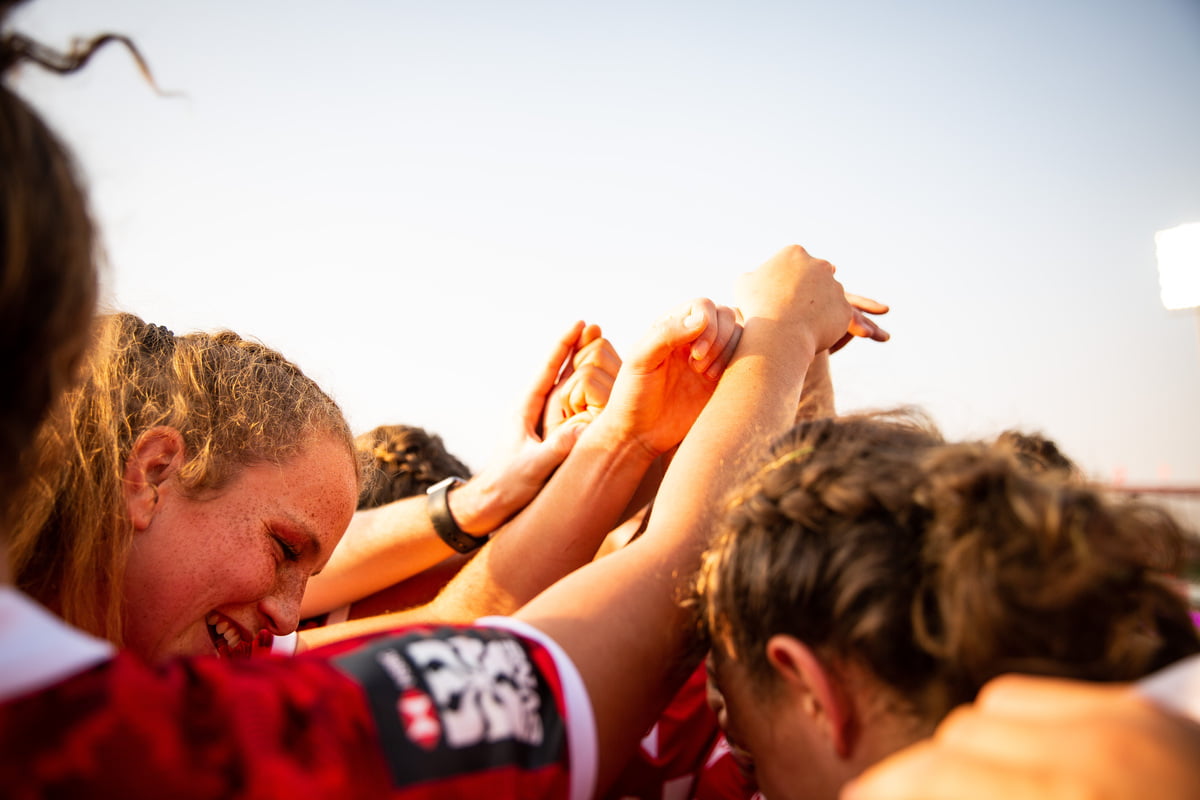By: Amanda Fowler and Safiya Nanji
The Sport Solution Blog is written by law students and is intended to provide information and the team’s perspectives on current issues. However, the Blog is not intended to provide legal advice or opinion. Athletes in need of assistance should contact the clinic directly at [email protected].
In the last year, Canada has seen high-profile abuse scandals across many sports, such as with Hockey Canada, Gymnastics Canada, Boxing Canada, and Bobsleigh Canada Skeleton.
These scandals exposed abusive coaches, institutional mismanagement, and an overall failure for an appropriate response. Athletes, from all levels of sport, have fearlessly come forward with personal stories of abuse and some have filed formal complaints. As a result, the Minister of Sport at the time, Pascale St-Onge, acted. 1 Minister St-Onge oversaw the implementation of Abuse-Free Sport, Canada’s new independent system for preventing and addressing maltreatment in sport. However, it must be highlighted that this new system does not serve most athletes in Canada. Of those not covered, the most notable are provincial / territorial-level athletes.
Overview of Abuse-Free Sport
Before unpacking how and why provincial/territorial athletes fall into a gray area, it is important to have a general understanding of the Abuse-Free Sport framework. Abuse-Free Sport is composed of three entities:
1) The Office of the Sport Integrity Commissioner (“OSIC”)
2) The Maltreatment in Sport Sanctions Council (“MSSC”)
3) The Director of Sanctions and Outcomes (DSO).
OSIC is an independent third-party body responsible for administering the Universal Code of Conduct to Prevent and Address Maltreatment in Sport (UCCMS) through a trauma-informed process for national athletes and federally-funded National Sport Organizations (NSOs). 2 The UCCMS covers a wide range of maltreatment: harassment, psychological abuse, physical abuse, sexual abuse, grooming, boundary transgressions, discrimination, failure to report, and aiding and abetting in any of the aforementioned acts.
OSIC receives concerns in two manners: 1) individual participants submit complaints of alleged violations of the UCCMS, and 2) individuals or organizations request a sport environment assessment to investigate systemic UCCMS-related issues within a particular sport. Once complaints are adjudicated, the DSO makes decisions about provisional measures and has authority to impose sanctions on program signatories. The MSSC is directly accountable to the Canadian sport community to address discipline and sanctions. The MSSC oversees the operations of the DSO and ensures the DSO applies the UCCMS fairly and consistently, protects and promotes public interest, and ensures for an efficient and effective discipline process. Although each of these bodies are independent, the intent is for them to work together to ensure athletes are protected.
Provincial / Territorial-Level Athletes are Not Covered by Abuse-Free Sport
In 2022, the Federal Government committed $13.8 Million to implement OSIC as the new independent safe sport mechanism. 3 The budget notes state “[f]rom beginners to Olympians, every athlete in Canada should be safe from abuse, harassment, and mistreatment.” 4 The notes further state the Federal Government is “ensuring that our sporting institutions across the country are accountable for the treatment of their athletes to building a sport system that promotes the safety and well-being of Canadian athletes.” 5
However, with limited exceptions, OSIC only serves national-level athletes – a small fraction of athletes in Canada’s sport system. 6 Abuse-Free Sport operates on a federal mandate and has a limited basis of contractual jurisdiction. In effect, it can “only do what it is funded to do and can only carry out the mandate it has been given at this time.” 7
NSOs are required by Sport Canada to publish a safe sport policy, adopt the UCCMS, and opt-in to OSIC, failing which they are stripped of funding among other consequences. 8 No requirements of this kind are placed on Provincial/Territorial Sport Organizations (PSOs). They may opt-in to OSIC if they wish. As of March 2024, only one NSO – Volleyball Canada – is a program signatory of OSIC with its services available at the National, provincial / territorial and club / local levels. Even if there is proper jurisdiction for a provincial/territorial safe sport matter, OSIC and the Sport Dispute Resolution Centre of Canada (SDRCC) may still exercise discretion to reject the case.
Notably, OSIC concluded its first year of operations. Of the 193 complaints OSIC received between June 1, 2022 and June 30, 2023, only 66 of them, or 34 per cent, were deemed admissible for investigation. 9 OISC referred over 50 per cent of complaints to alternative organizations, including provincial/territorial sport bodies. This shows OSIC’s current mandate is limited, and safe sport issues are pervasive within all levels of sport.
The lack of harmonization and OSIC’s statistics suggest that provincial/territorial athletes are not able to be protected until they become national athletes. This can be problematic because athletes, coaches and management move within the Provincial/Territorial and National Sport Organizations. Without proper recourse for athletes in the form of consistent safe sport policies, procedures, and sanctioning across both levels of sport, it is difficult to hold offenders at the provincial/territorial level accountable for athlete maltreatment and athletes are trapped in abusive environments until they make the national team.
Barriers to Reporting Safe Sport Complaints at the Provincial / Territorial Level
At the Sport Solution Clinic, we have seen some of the barriers faced by provincial / territorial athletes who have filed safe sport complaints:
- PTSOs intentionally delaying the acceptance of a complaint, the issuance of an investigation report or scheduling a hearing for months;
- PTSOs finding opportunities to claim a breach of confidentiality by the athlete in order to have the complaint struck;
- PTSOs have conducted their own internal safe sport process while being in a conflict of interest;
- The safe sport process not being trauma-informed;
- PTSOs appointing individuals with no prior adjudication experience to the arbitration panel despite objections;
- No recourse for athletes whose PTSO has breached procedural fairness during the safe sport process;
- Appeals are directed back to the PTSO for further handling because there is no appeal right to an independent body like OSIC or the SDRCC;
- Decisions are arbitrary and have no “reasons” to support a decided sanction; and
- PTSOs have no requirement to publish sanctions, which is an issue of public safety for those who may interact with the sanctioned coach in the future.
To our knowledge, issues like these are regular and constant for provincial/territorial athletes making safe sport complaints. It is unacceptable.
Conclusion and Recommendations
Provincial/Territorial governments clearly need to intervene in the safe sport processes of PTSOs. It can start bridging the gap by mandating PTSOs to adopt the UCCMS and join OSIC. A consistent, fair, and accountable safe sport mechanism serving both provincial/territorial and national levels of sport is necessary to remedy the issues listed above (and others). To do so may require collaboration and funding between federal and provincial/territorial governments, National and Provincial/Territorial Sport Organizations – and most importantly – involving provincial/territorial athletes.
